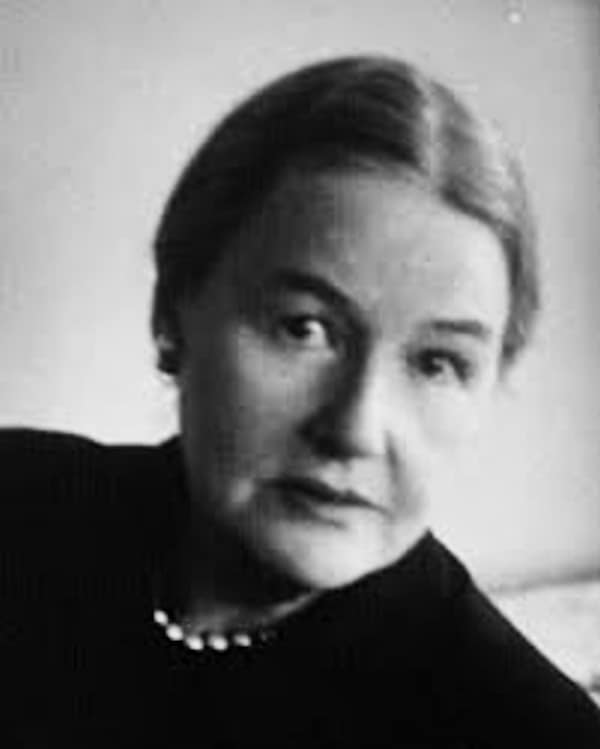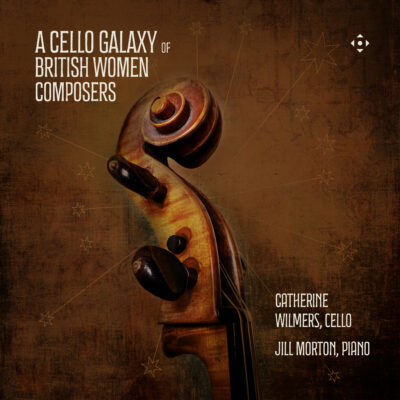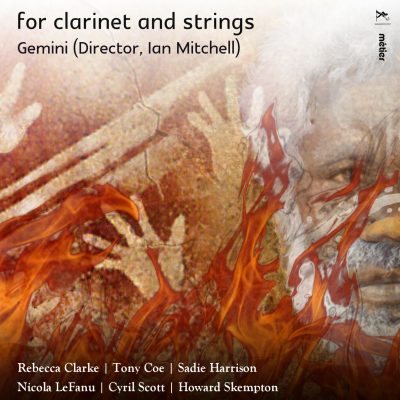Rebecca Clarke Recordings
Rebecca Clarke was born in 1886 to a musical family (with a German mother and American father) in Harrow, England. She began the violin at an early age, and then,aged sixteen, entered the Royal Academy of Music, London, for further study. RAM contemporaries included composition students York Bowen, Benjamin Dale and Arnold Bax. In 1908, she went to the Royal College of Music as one of Sir Charles Stanford’s
first female composition students. He urged her to shift over to the viola because then she would be ‘right in the middle of the sound and can tell how it’s all done’.15 On leaving the RCM, she began to support herself as a violist. She became a regular deputy in orchestras and ensembles and one of the first women to be a regular member of a professional orchestra in London when, in 1913, Sir Henry Wood hired
her for his Queen’s Hall Orchestra. She subsequently went on to play chamber music with many of the greatest artists of the early twentieth century, including Schnabel, Casals, Grainger, Heifetz, Hess, Monteux, Rubinstein, Suggia, Szell and Thibaud, performing as a viola player and composer throughout Great Britain, Europe, the United States, and making a round-the-world tour. She stood nearly six feet tall in her prime and, as one witness put it, ‘she strode on stage like a goddess’. Rubinstein called her ‘the glorious Rebecca Clarke’.
During her first American tour, she wrote what was to become one of the cornerstones of the viola repertoire, her Sonata of 1919, which she
entered in an anonymous competition sponsored by the renowned American patron Elizabeth Sprague Coolidge. The judges were deadlocked over two submissions: one, they said, was the work of a philosopher, the other
that of a poet. Mrs Coolidge cast the deciding vote in favour of the philosopher, and when the seal was broken the winning piece turned out to be Ernest Bloch’s Suite. But the judges were so taken with the other piece that they insisted on bending the rules and revealing its composer as well, and, as Mrs Coolidge told Clarke, ‘You should have seen their faces when they saw it was by a woman’. Success as a composer followed, and by 1925 her reputation was so firmly established that she could sell out London’s Wigmore Hall with a concert entirely
of her own compositions, and then repeat most of the programme in a live BBC broadcast. Many works were written for ensembles in which she
performed, and though the compositional output was small, about eighty pieces, if you exclude those she wrote as an untutored amateur, it includes many outstanding songs. These cover a vast range of characterful items from the light-hearted, for instance, the
traditional The Tailor and the Mouse (with violin accompaniment) and The Aspidistra, to the intensely serious such as the dramatic setting of John Masefield’s The Seal Man and the intense Tiger, Tiger (Blake’s The Tyger).
Perhaps the most well-known works are the Piano Trio (1921) and, particularly, the Viola Sonata. However, many other works are now being given the recognition they deserve including a number of string pieces and works for chorus. Clarke’s career was disrupted by World War II, her music gradually drifting out of the limelight and out of print. A revival of interest began in the 1970s, including a New York radio broadcast celebrating her ninetieth birthday. By the time of her death in 1979, she had enjoyed several major New York performances, her first in nearly thirty years, plus the release of the first of a spate of commercial recordings. Rebecca Clarke is now regarded not, as many have claimed, a major woman composer, but an important composer.















